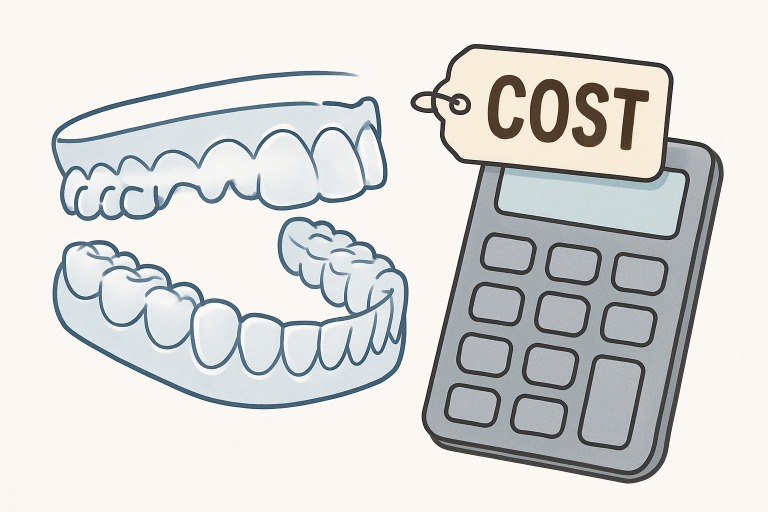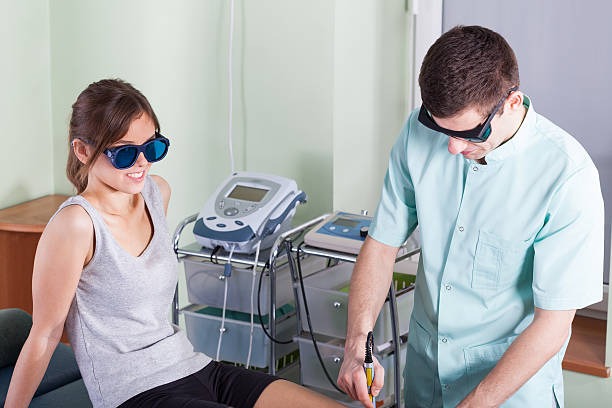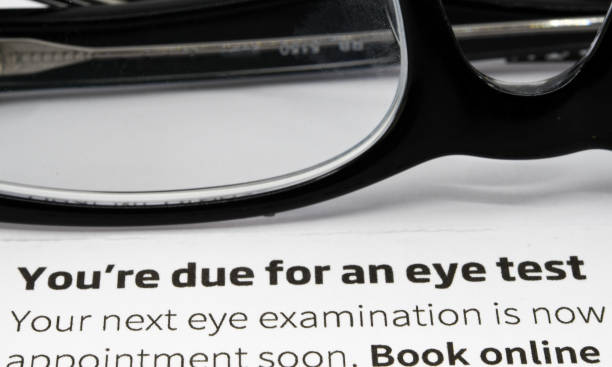How Invisalign Pricing Works and What to Expect
Introduction
Deciding to pursue Invisalign for a straighter and healthier smile involves not only considering the benefits but also understanding the associated costs. As clear aligners have become a popular choice for orthodontic treatment, a common question among prospective patients is, How much does Invisalign cost? Evaluating the factors that determine pricing helps ensure you’re prepared financially and helps set realistic expectations.
Invisalign fees can vary widely based on multiple criteria, such as the complexity of your case, length of treatment, provider expertise, and regional differences. Familiarizing yourself with these variables before you begin your journey will help you understand your investment, whether you’re seeking a minor touch-up or a comprehensive orthodontic solution.
Most patients find that while Invisalign can be a significant upfront investment, its discreet appearance and user-friendly design make it an appealing alternative to traditional braces. Treatment costs typically account for several important factors to grasp before deciding.
Regardless of your unique dental needs, reviewing fee ranges, payment options, and additional expenses ensures a smoother experience. Learning from the insights shared by professionals at Advanced Smiles Marion can further enhance your understanding and help you explore what is possible with Invisalign.
Factors Influencing Invisalign Costs
The overall expense for Invisalign isn’t fixed and depends on several contributing elements that shape your treatment plan and investment:
Complexity of Dental Issues
The nature and severity of dental misalignment strongly influence total costs. Mild cases—for example, those only needing minor tooth movement—require fewer aligners and shorter treatment times. These cases are on the lower end of the cost spectrum. In contrast, more complex cases that address significant crowding, spacing, or bite issues will require extra aligners and extended care, leading to higher overall charges.
Treatment Duration
The timeline for your Invisalign treatment closely tracks the complexity of your case. Some patients may finish within six months, while others might need 18 months or more. Longer treatments equate to additional dental visits and frequent aligner replacements, all contributing to a higher final bill.
Provider Expertise
Orthodontists or dentists with advanced training and significant experience with Invisalign may charge more for their services. This added investment often pays off in a smoother and more successful treatment process, as highly skilled providers can more effectively manage complex cases and foresee potential complications.
Geographic Location
Where you live or seek treatment matters, too. Urban centers and areas with higher living costs generally see higher Invisalign pricing than smaller towns or rural regions, reflecting operational expenses and market demand differences.
Average Cost Breakdown
Invisalign’s fees fall within estimated brackets based on the complexity of the orthodontic correction required. Here’s a conventional breakdown:
- Mild Cases: $3,000 – $4,500
- Moderate Cases: $4,500 – $6,000
- Severe Cases: $6,000 – $7,000
Typically, these amounts bundle in your initial consultation, the entire series of clear aligners, treatment monitoring visits, and post-treatment checkups. However, it’s essential to budget for additional fees, such as post-treatment retainers, which may not be included in the quoted price.
Insurance Coverage and Payment Options
If you have dental insurance, determining whether your plan covers orthodontic treatments, including Invisalign, is worthwhile. Depending on your coverage, many plans reimburse $1,000 to $3,000 of the total cost. You’ll want to clarify maximum benefits, waiting periods, and specific coverage amounts by reviewing your policy or contacting your insurance provider directly.
Patients without insurance or seeking to ease the financial impact can explore several payment and financing options:
- Flexible Payment Plans: Many dental offices allow patients to spread payments throughout treatment with no or minimal interest charges.
- Health Savings Accounts (HSA) or Flexible Spending Accounts (FSA): Contributions can be tax-free for approved orthodontic procedures, including Invisalign.
- Third-Party Financing: Providers such as CareCredit create specialized healthcare lines of credit that may be used for Invisalign treatment.
Additional Considerations
Beyond the main treatment expenses, keep several potential additional costs in mind as you plan your budget:
- Retainers: Once your teeth have moved into place, retainers are crucial to prevent shifting. Depending on the type and provider, they usually cost between $300 and $1,000.
- Refinements: Some patients find further alignment adjustments necessary at the end of their initial course. Requesting extra aligners or minor refinements can increase total costs, although many providers offer a set number of refinements at no additional charge within the treatment package.
Conclusion
Choosing Invisalign is an investment in both appearance and long-term dental health. Once you know what influences pricing and how to manage or offset costs, you’ll be better equipped to move forward. See this resource on Invisalign cost to get a comprehensive overview and further details tailored to your needs. For expert advice, personalized assessments, and a complete suite of dental services, trust a local leader to help you achieve your perfect smile.







